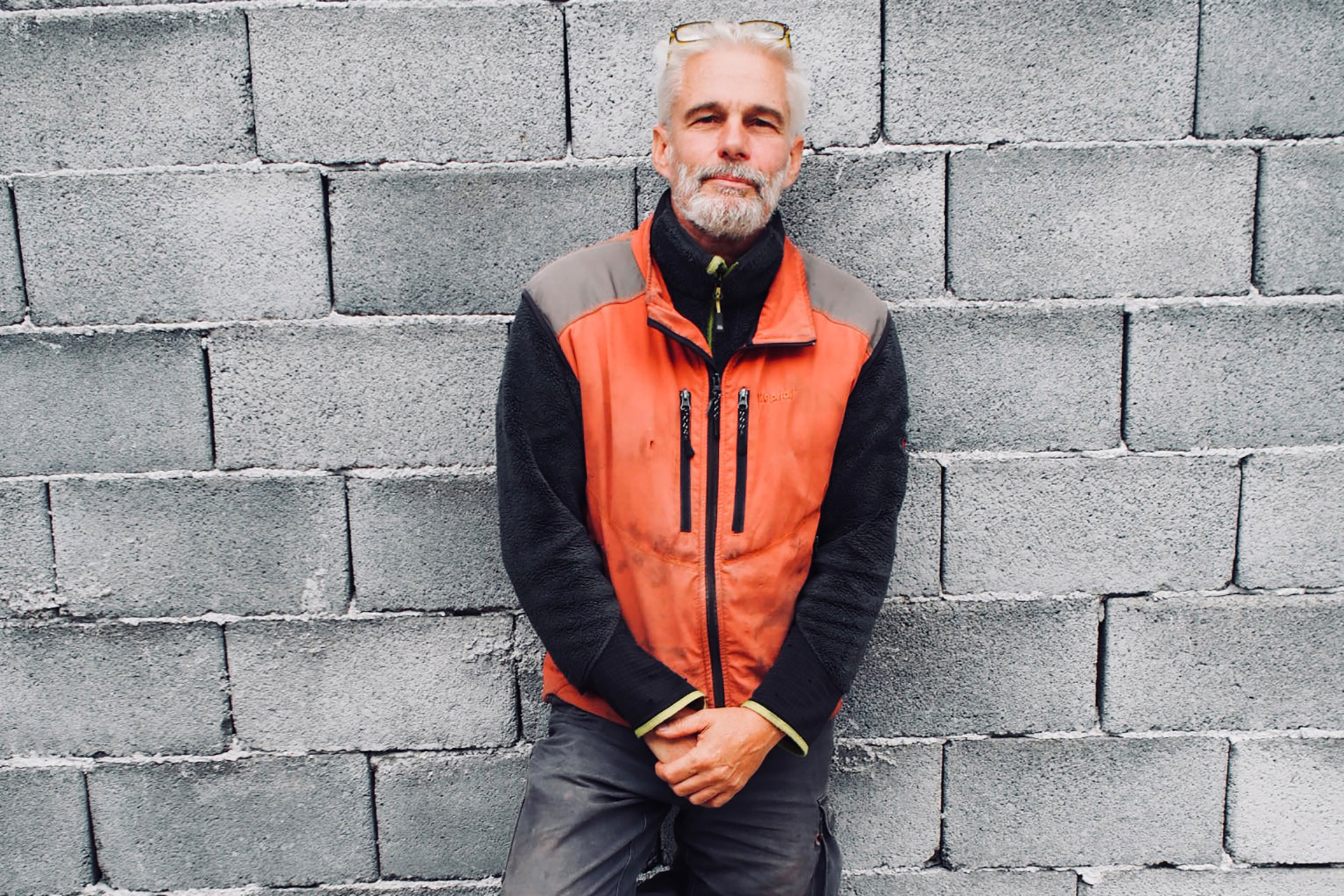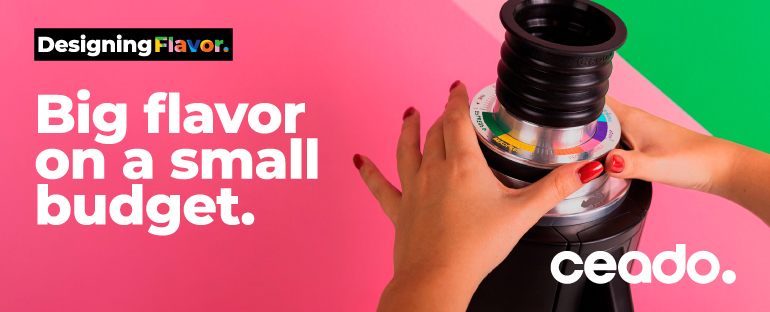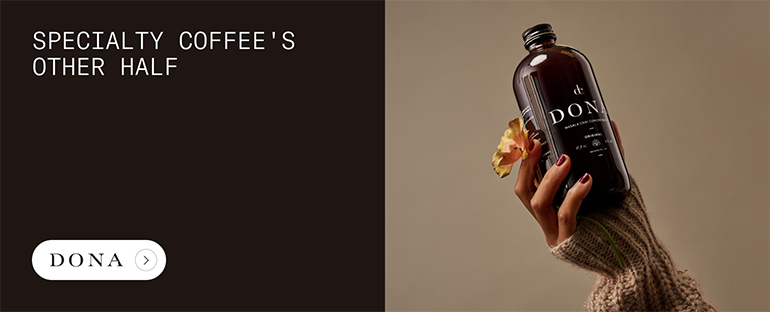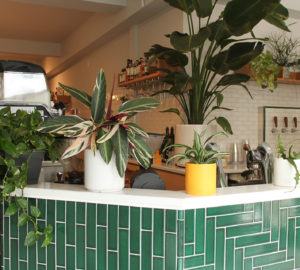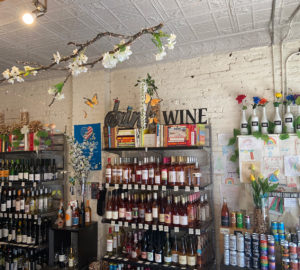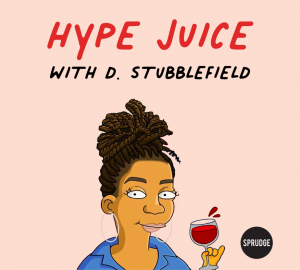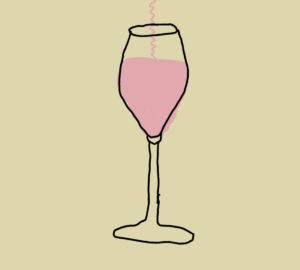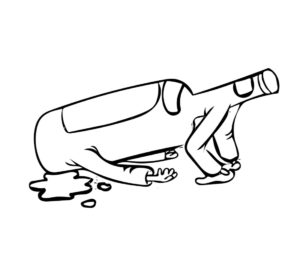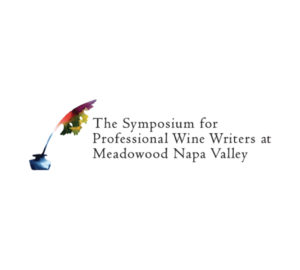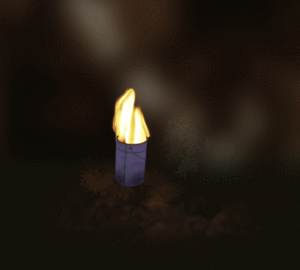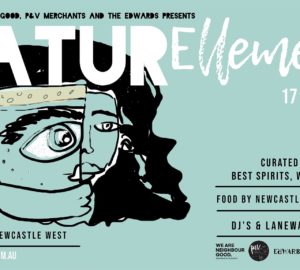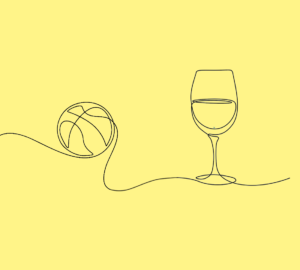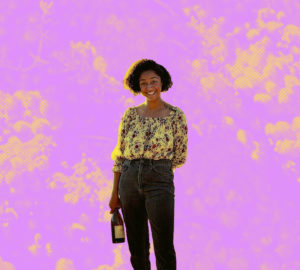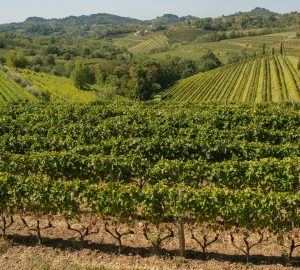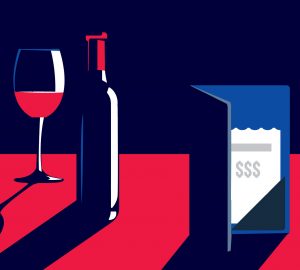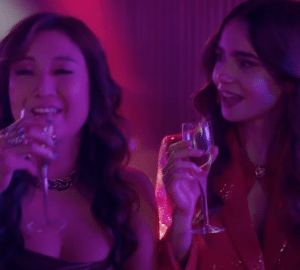Frank Cornelissen is a name synonymous with natural wine, but like so many of us—winemakers and wine lovers alike—his journey started with a single delicious splash.
In 1999 at Fattoria delle Torri in Modica, Cornelissen, originally from Belgium, tasted a bottle of Etna wine with Giusto Occhipinti over lunch that would somewhat alter his destiny. It caused him to lay roots on Mount Etna in 2001. His first vineyard purchased was his Magma vineyard in the contrada Barbabecchi, and later he was able to purchase and make wine from other vineyards across multiple contradas on Etna.
Cornelissen avoids intervention in viticulture and winemaking, due to the strong belief that as humans, we will never fully be able to comprehend Mother Nature. Thus he intervenes as little as possible, as to do so would reflect the incapacity of man to accept Nature as she is. This includes a no sulphur approach, working with the lunar cycle in the vineyard and the anthroposophical calendar of Maria Thun for work in the cellar. “The less you put in a wine, the more will come out…” says Cornelissen.
Today he’s one of the most revered and sought-after natural winemakers in the world, making several single-vineyard cuvees (including the “Magma”) along with multiple blended cuvees: Munjebel Rosso and Bianco “classico” blends, a series of high-grown bottlings dubbed VA (“Vigne Alte”), a crushable field blend dubbed “Contadino” (made up of Nerello Mascalese, Nerello Capuccio, Alicante Bouschet, Minella, and Uva Francesca), and of course the rosé/light red blend “Susucaru”, which, thanks to repeat exposure on television by the rapper/chef Action Bronson, is perhaps the most famous natural wine in the world.
Susucaru is a rosé/light red blend from multiple grape varieties, such as Malvasia, Moscadella, Insolia, and Nerello Mascalese. Susucaru means “they have swallowed it, or they have greedily eaten or drunk it.” However, it also has a negative sense, meaning “they have stolen it.” This refers to a vintage where one of the pickers shouted the word on arrival at a vineyard to harvest and discovering that the grapes had all been stolen.
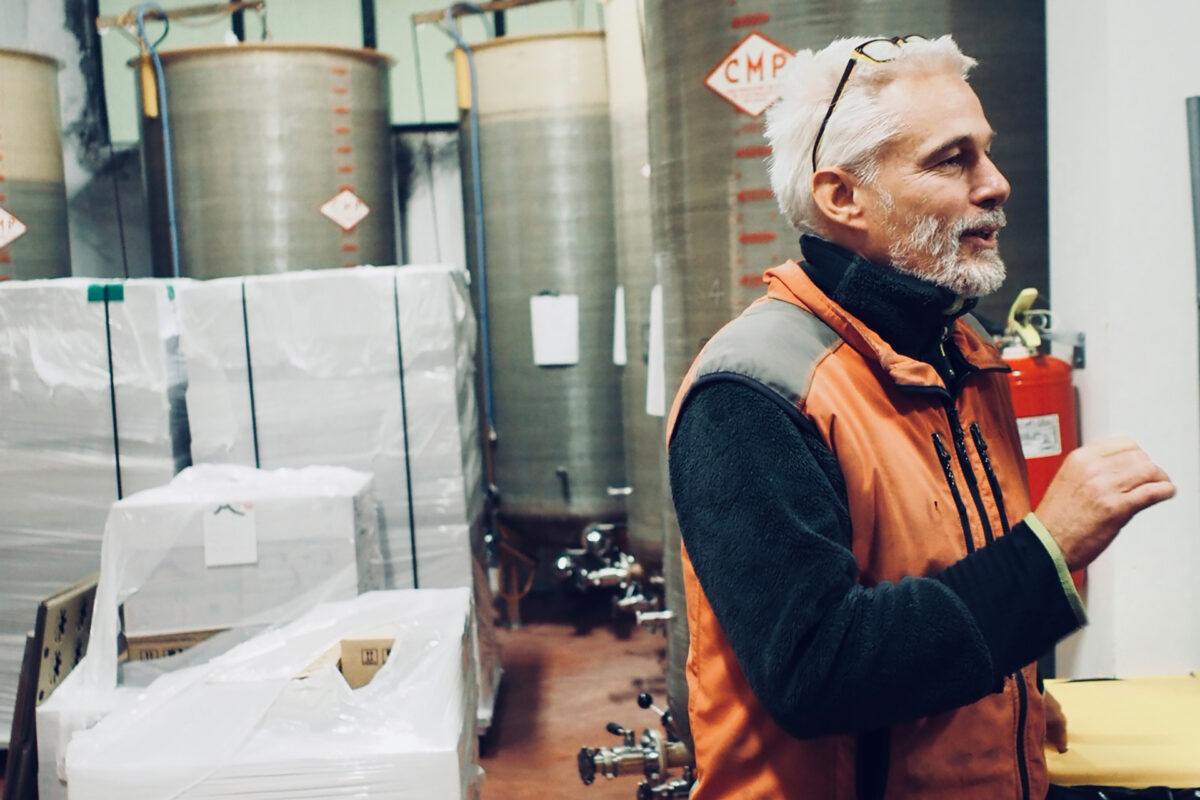
Cornelissen’s wines are a study in paradox, at times both lean and deep, effortlessly energetic, expressive and dense, with a direct almost ethereal purity that is magnetic. All vines are planted and replanted ungrafted, in order to gain as much of an insight into the soils as possible. His vineyards up on Etna are a wonderland of natural winemaking, in some of the most beautiful and expressive terroir in all of Europe.
I was fortunate enough to find myself on Etna in early October, with the opportunity to interview Frank Cornelissen for Sprudge Wine in between his white and red harvests. We sat down to chat on two upturned grape picking crates under the cellar roof during an intense thunderstorm. It was perfect.
This interview has been edited and condensed for clarity.
Thank you for taking the time for me, Frank. You’ve told the story before, but today in your own words—how did you first became interested in wine?
Most of these stories start with cultural baggage. Mine was my family—my father was a wine passionate person, a real wine lover. From a very early age, from when I was 12 years old, we started to taste wine, but tasting in the sense of flavours. My father would explain the flavours, and my mother; she loved to cook. It was very special. Sundays were really special moments. Everything started there.
From being a wine passionate person to actually producing wine is a stretch. I love the outdoors, for example, alpine climbing. I like that aspect of life. If you make wine in the Old World, you also cultivate grapes, so there is a farming and natural aspect of it. Then there is the technical winemaking aspect, which is the cultural part. If I transform wine, the wine will be different to the grapes that I’ll give to Giuseppe, my cellar guy, so even though they’re from the same place, the wine will taste a little bit different. It’s the moment of picking that gives you a different wine; it’s how long you age it, when you bottle it…
It’s also the small, tiny parts of winemaking… The grapes, which express the land on that vineyard site, they are to be transformed into the cultured product, which we call wine.

What about these vineyards helps create the expression of terroir expression in your wine?
The manual part in the grape growing and the cultivating is important. You have to do canopy management—you can’t open everything like most people do—you get sunburn and you lose flavours, so we’re very picky about this. We don’t cut the tips, what they call “la cimatura.” We let the vines grow over and twist round; it’s important that the apex of the vine continues growing. I would say it’s even more important in the south not to touch the apex, compared to the north, because it’s dry.
Here on Etna, it’s dry—the vines suffer and don’t have the best photosynthesis, so cutting them will give them a shock. It’s like cutting a finger, they’ll survive, but the problem is… It’s the wrong period and they will shut down. Before they’ll open up again for photosynthesis, it will be the wrong time and you’ll lose a very precious moment. It’s a moment where you shouldn’t touch the vines. It’s important to let them grow in a tranquil way. Soil tilling is something we do the least possible—the vines don’t need it, it doesn’t make sense to turn the earth and increase production. I don’t need that. It’s only for the young vines, the ones that need to survive. July and August are bone dry so we need to work the young vines here to give them humidity. That helps them.
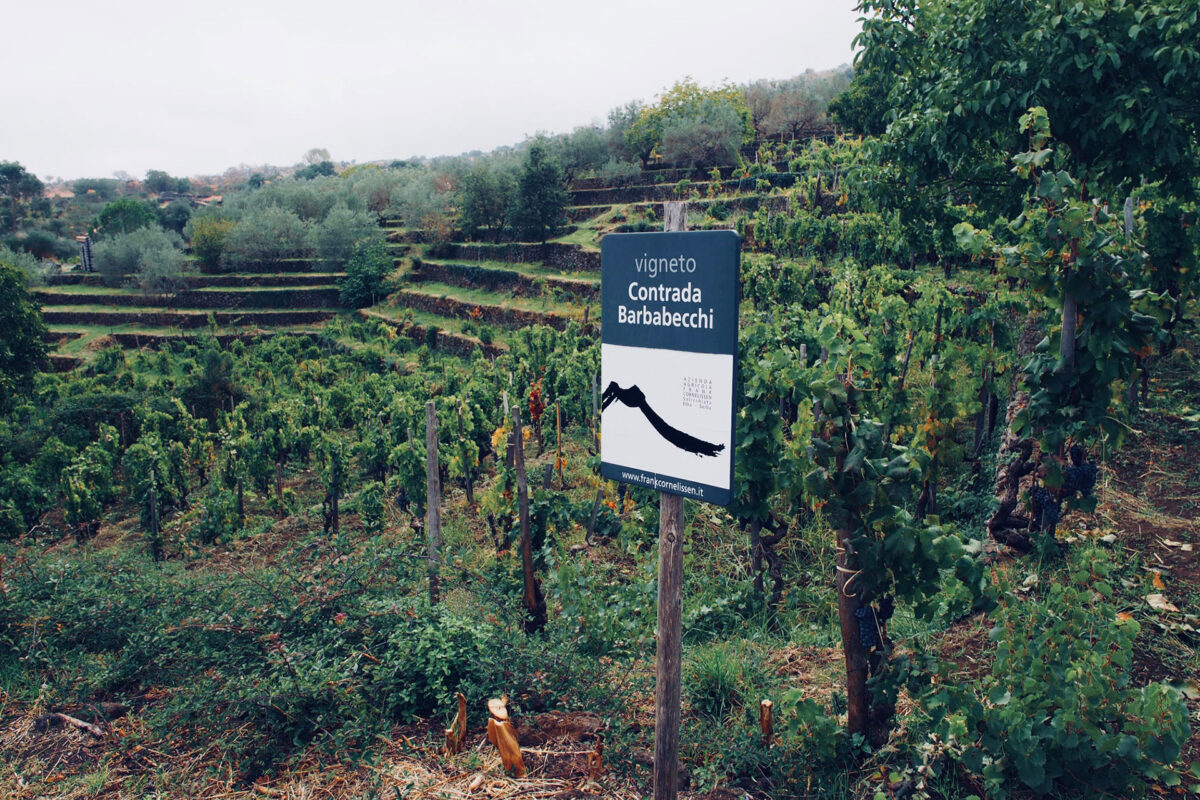
Talk to me about your vineyards and the varying soils amongst them. How does the soil makeup of Etna impact the wines?
Geologically I can’t give you a sensible argument, we haven’t analysed yet—it costs a lot of money to create the analysis trenches. I go by taste, the old Burgundian way you could say, back when they began making wine. By doing this, I note that there is an incredible diversity. Talking about the same Nerello, in 2016 we have nine single-vineyard wines produced. They are all different. They come from different sites, with equal phenolic ripeness. This means that the difference is geological. Which element gives you more or less complexity? I can’t tell you that, and I’m not going to invest into discovering it—I think this will be for our kids, our future generations to discover. I think it’s important, but for me right now I am focusing on other things.
For example, there are biotypes of Nerello, just like in Pinot Noir. Clones have gradually been selected over centuries of wine growing, but nothing has been done so far. That makes sense for me to focus on right now. The top sites we know, because of the taste of the wines, so I think it’s good to begin focusing on the clonal side; this is for me to figure out in my remaining life. The fine-tuning, let’s say the “data crunching,” of geology, that could be something for the next generation.
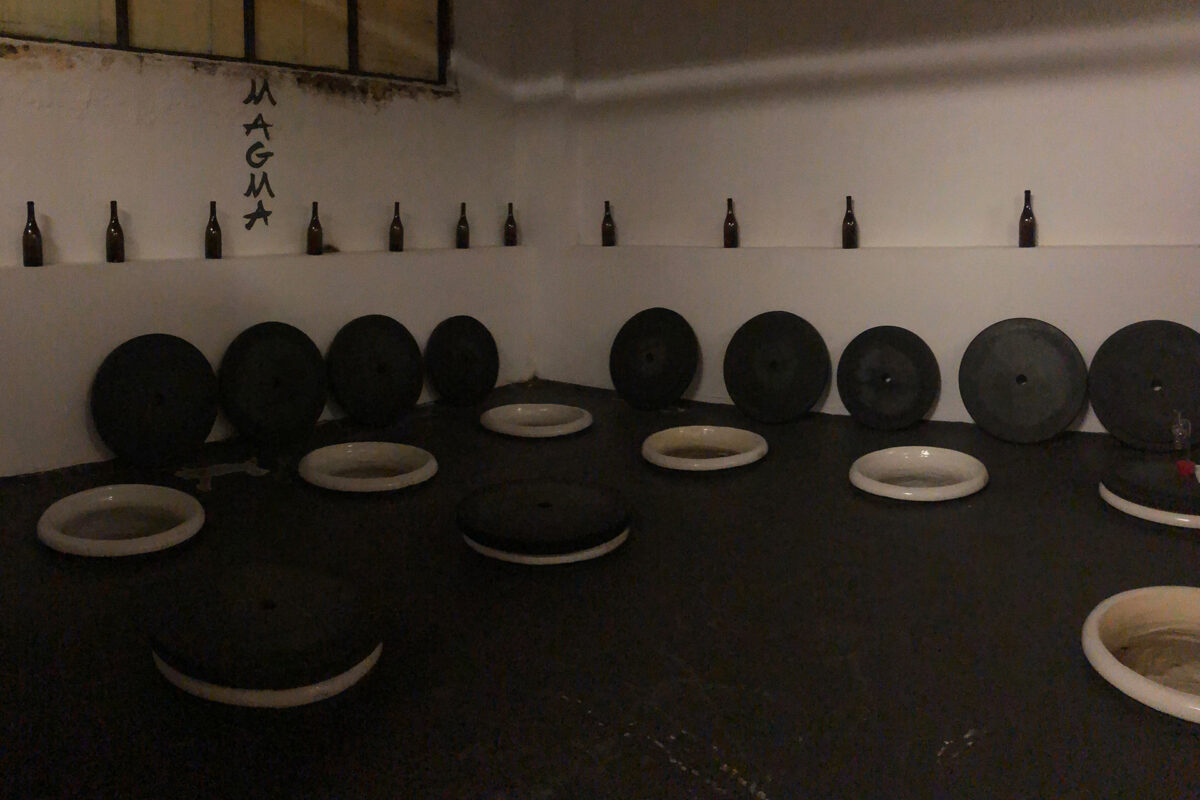
Talk to me about zero-sulphur winemaking—was it always that way for you?
Yes, always. I never put sulphur in the wines, apart from once in a tank of rosé, which was going completely the wrong way, way back at the beginning. That tank [Frank chuckles and points over at it.]—there was always something quirky with that thing. It always had a big air bulb in it. Either it went reductive or it went oxidised! We just use it for water now.
I wanted the challenge to be able to do zero sulphur. Technique and technology helps—being very clean, using argon and nitrogen—there are little details that add up to being able to create a very good wine. The choices you make are very important. I don’t mind filtering, because I take things out of the wine that aren’t supposed to be in there anyway. Fining I don’t want to do because that takes out a lot of the good things, you feel this in the wine; it’s tactile. Filtering I don’t mind (obviously not sterile filtering), but gross filtering, even three microns on a red, it’s perfectly fine, and even the whites, – 1 micron or 0.85, depending on the vintage, works really well. The fining: that’s not good, not for my taste, not for what I like in wine… I like wines with juiciness and density.
The density comes from the concentration of the grapes, but the juiciness is the vinification. If I start fining, the wines would be more precise, but it would take away the pleasurable aspect and the drinkability of the wines. It’s a no-go.
The filtering takes place before bottling. The wines are relatively aged and they sit in the tanks for a longer period of time. The biggest problem is the rosé because it’s an early bottling wine, so last year we ended up with difficulties—everything got clogged. I need to find another solution here, maybe a racking and a gross filtering, otherwise we end up with problems again. It’s a headache! The filter I would love, is a cross-flow filter, but these only work for extremely fine filtering—they are designed for sterile filtering, but I don’t want that. I asked for one or two microns, but it just doesn’t exist! It’s a great system—it works in complete absence of oxygen, so it doesn’t oxidise, it puts very little pressure on the wines, so it’s the perfect filtering system except that it’s designed for the food industry, fruit juices and so on!
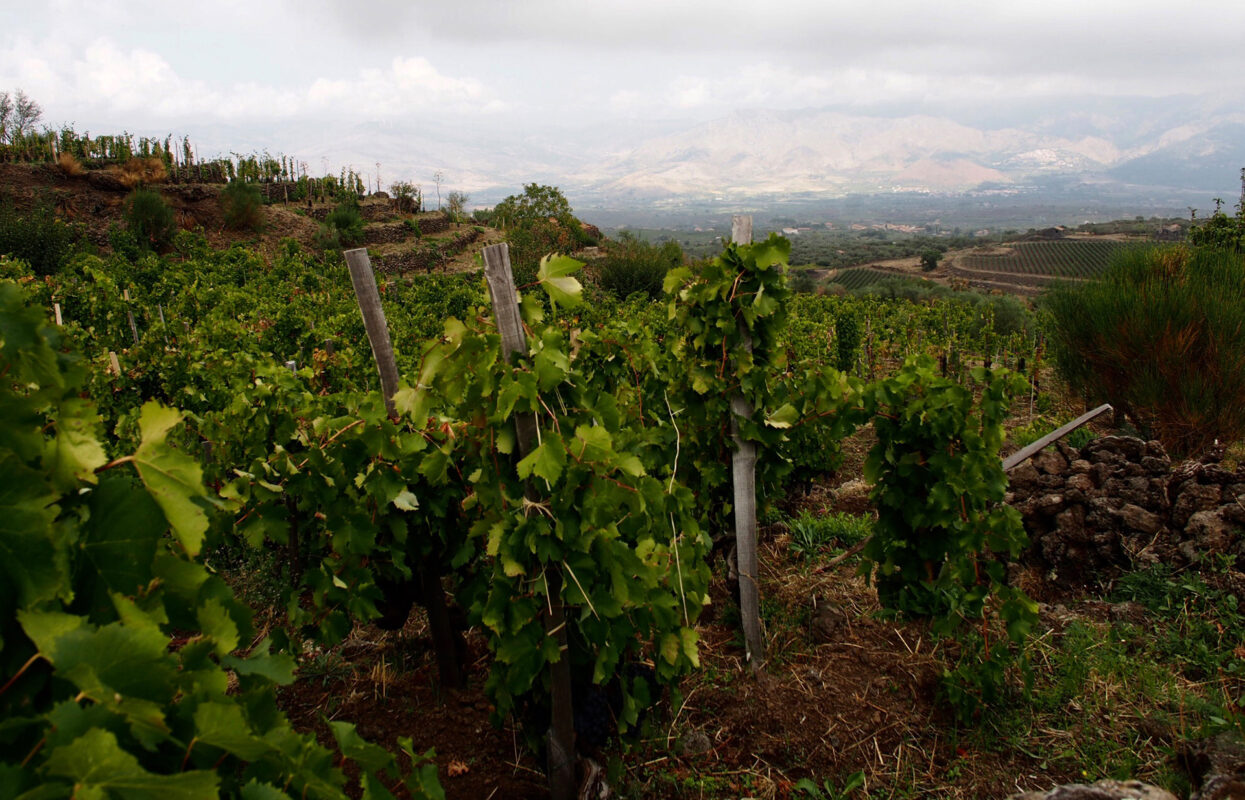
There are a lot of indigenous varieties here on Etna. Do you have a preferred one to work with?
Not really… The grapes varieties, they are a vehicle; they’re a car to win the race. The grapes are there to express territory. I do have favourite territories! The grapes—they have been selected and deselected over centuries, so they are usually the ones that express the wines and territories the best, like Nerello Mascalese for example. It’s like Pinot Noir in Burgundy, and Nebbiolo in Piemonte, in Langhe.
Between your location and your dedication to minimal intervention winemaking, there must have been some challenges along the way?
Not as much in the winemaking. To start, the challenges were understanding the territories, because I lost a lot of grapes, but that was only really in the beginning, due to my rigidness. I also didn’t make any base wines, and so I cut away so many grapes and I didn’t recover them. So, if I had started with a bit more of a flexible mindset, then I would have made a base wine, and not have lost as much in the first three or four years.
Secondly, oxygen management in vinification is important. You need oxygen, but if there’s too little, it suffocates, and if there’s too much, it burns. You have to find the fine thin line between balance where wines go into an expression that is not of varietal but of territory, which means tertiary, without going oxidised. That is a tricky line.
I use fiberglass and I’m very happy with it. Stainless steel has the problem of reduction. One stainless tank next to a fiberglass container for example, with the same wine, there would always be problems with reduction in the stainless steel. It’s a known problem.
Thirdly, it’s about the management of a lot of people, and trying to keep up with communication! We have a vineyard manager, a cellar manager, a visits manager, and I’m the gel of the company. I clean up the mess that’s behind and prune. I like this; it enables me to be in touch with everything, and to understand where everything is, and of course, then there’s the winemaking… the incredible process.

Your wines contain such liveliness. Where does this quality come from?
I think it stems from two things. In the case of our wines, we have low yields, which concentrate the wines, as well as the no-sulphur winemaking approach.
They’re also from great terroir. Most great territories give a tension to the wines, which makes the wines great. There’s a part of Etna in there, and there is a part of how you interpret this terroir.
Christina Rasmussen (@Christina_SvR) is a freelance journalist based in London. Read more Christina Rasmussen on Sprudge Wine.











